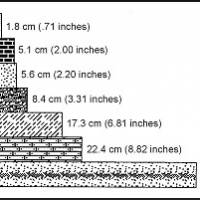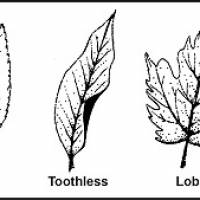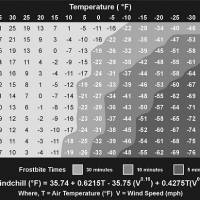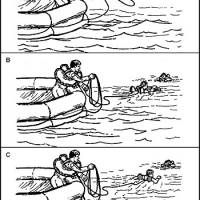26: Survival Kits
Quick note and hints on what to keep in your survival pack by The Omega Man

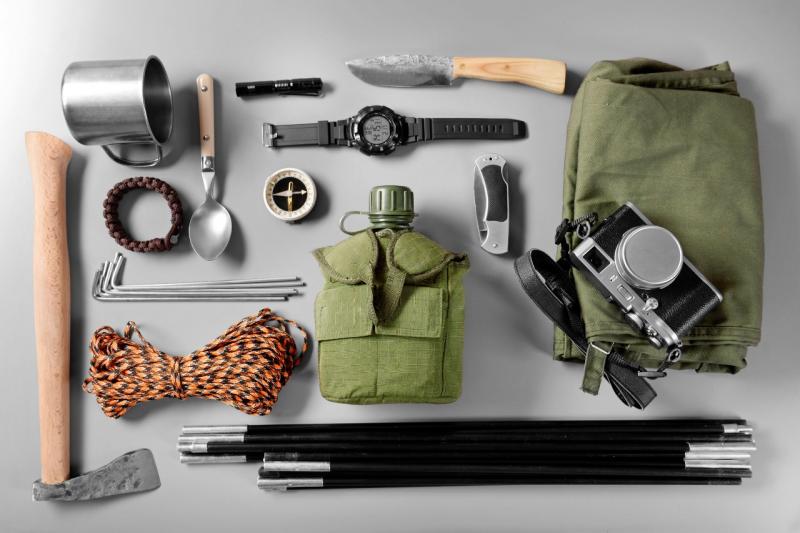
There is quite a bit going on out there to worry about today. Within the past year we had two large-scale natural disasters: The San-Francisco Earthquake, and Hurricane Hugo. There was also a tornado in the Summer of 1989 which tore through the New York Metro Area (not far from Cybertek magazine's location actually); which is very unusual for this area. According to various scientists, this is just the start of a funky-weather trend which is going to be with us for a while.
The economy isn't in all too good a shape either. Some very respectable economic advisors, among them Howard Ruff, and Dr. Jim McKeever are predicting a depression. Also just recently, I.B.M. "eliminated" 11,000 job across the nation, an indicator that even they have been hit hard since the October 1987 stock market crash.
Last, but not least, there is the current drive to ban private firearms ownership by American citizens. Despite all indications from the FBI, and other government agency reports that within the past 10 years firearm-related crimes have went down, and that firearm-related crime prevention instances went up; both our elected-representitives, and "media experts" state that "firearms must be taken out of the hands of the citizens". Personally, I feel that when something like this is happening, the government is up to something nasty and doesn't want its citizens able to defend themselves against it.
As you see, there is a lot of things going on out in the world to worry about, and thus a good reason to be prepared in case one of the above decides to happen. There is an old saying "An ounce of prevention is worth a pound of cure.", and it still holds very much true today.
A major part of surviving a disaster of any type is being adequately prepared. In this months installment, we will discuss the putting-together of a short- term survival kit. The object of this package is to be easy to carry around in a small backpack or in a car, to keep you alive for 3-5 days, and to act as a basis for a larger equipment set- up. The 3-5 day time period is considered to be the maximum figure one will have to endure before intermediate help is available. Within 3-5 days you should be able to either 1) Get further help from the authorities in a natural disaster situation, 2) Get to your main supplies, or 3) Be able to scrounge up something more substantial.
For those of you wishing to take the quick route, may I recommend a company called "Survival Inc.". These people sell "72 hour kits" which contain food, shelter, and light for 72 hours (3 days), and would form a good basis for your survival kit. Their prices are also very reasonable, and the material is high quality. Another good company is Nitro-Pak, which also deals in survival food and other supplies.
A survival kit should provide the following:
(1) Food & Water - You should have at least 2000 calories of food, and one quart of water for a day. For food, the best are the military MREs; although they take up a lot of space. MREs are designed to provide a high calorie diet for high activity situations, such as combat, and survival. Another good source are the single serving cans of chili, beef stew, sardines, and so on that are sold in supermarkets. Water is the more difficult prospect, as it takes up a lot of space, and is heavy. Packaged water is available, although two 2 quart military canteens will provide a 4 day supply, and are easy to carry around and store. One should also get a water filter to augment your supply; as water is one thing that you can't have too much of.
(2) Shelter - I recommend carrying a "space blanket", and a U.S. Military Issue Poncho. Both of these can provide overhead cover and warmth, and don't take up too much space.
(3) Heat and Light - Candles and Matches serve both of these functions. A candle will not only provide light, but will also keep you warm when you bring it inside the space blanket with you. Matches will also enable you to start a fire if some thing bigger is desired. Waterproof camping matches are best, although one can get book matches free from many places, and waterproof them by putting a coat of nail polish on them. Cigarette lighters are also handy as they out-last matches. Other handy light producers are cyalume light sticks, and Mini- Maglites.
(4) Firearms - for our 72-hour kit, a firearm will provide you with protection from many nasty situations, as well as a means to hunt game should the opportunity arise. For these purposes, your best bet is a semi-automatic .22 caliber rifle. This weapon is suitable for both self-defense, and for small game hunting, and presents a non- threatening image as far as firearms are concerned. My favorites are the Charter Arms AR-7, and the Ruger 10/22 with the optional high- capacity magazines. For ammunition use CCI stingers, or a similar brand of hyper-velocity hollow-point ammunition, for added stopping power. I suggest carrying about 500 rounds, which should be adequate for any situation that might occur until you either get help from the authorities, get to your main supplies, or scrounge up something else.
If you really want to pack some firepower, carry around a 12 or 20 gauge pump shotgun or a .223 semi-automatic (AR15), although for a interim survival-kit, these might prove a bit excessive, as well as more prone to get attention from the "authorities". The ammunition as well as the firearm itself weighs a little more. However, if the most probable disaster is a major breakdown in civil order, or the accession to power of a dictatorial form of government in this country, then the added firepower might be needed in order to get you home safely, but for most situations, stick with the .22.
(5) First Aid - A good, well stocked first aid kit should also be carried. There are many varieties out there which will suit your purposes well. Include some aspirin or similar pain-reliever.
(6) Tools - For starters get a good Swiss Army Knife, or a Leatherman Tool. You might also want to include some parachute cord, safety pins, sewing needle, and rubber bands. If you wear glasses, include a back-up pair.
(7) Signaling - A handy thing if you're in the woods, to let rescue personnel know where you are. The old stand-bys are the whistle, and signalling mirror (very handy). If you are in a somewhat civilized area, you might also want to pack a CB Walkie-Talkie. For disasters in which the government is still around, a portable AM/FM radio might also be a good idea.
The above should help you deal with the first 3-5 days of an emergency situation. This list is by no means exhaustive, as there might be something particular to your needs which might some in handy, but it should start as a basis. Finally, the last and most important thing needed is the proper skills and attitude. Without those you will never make it!
Suppliers mentioned in this column:
Nitro-Pak
13243 E. Rosecrans Ave.
Santa Fe Springs, CA 90670
(213)-802-0099
Survival Inc.
15600 S. Figueroa St.
Gardena, CA 90248
(213)-324-8855
800-533-7415










